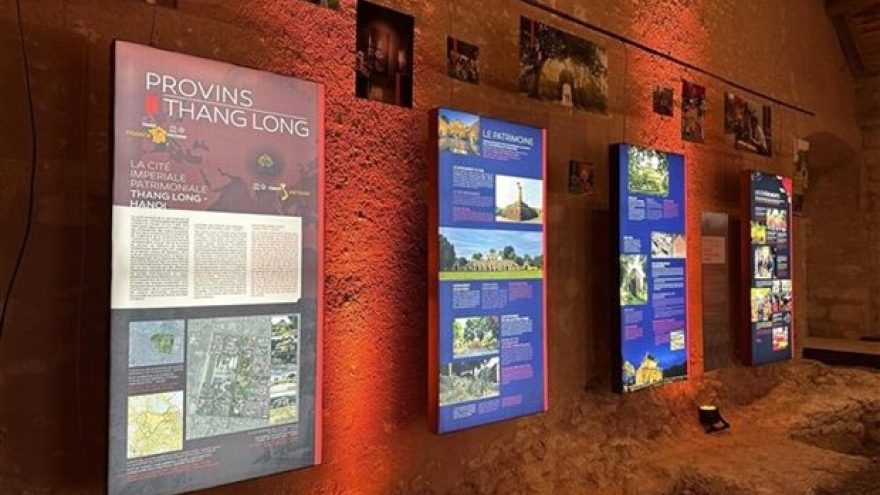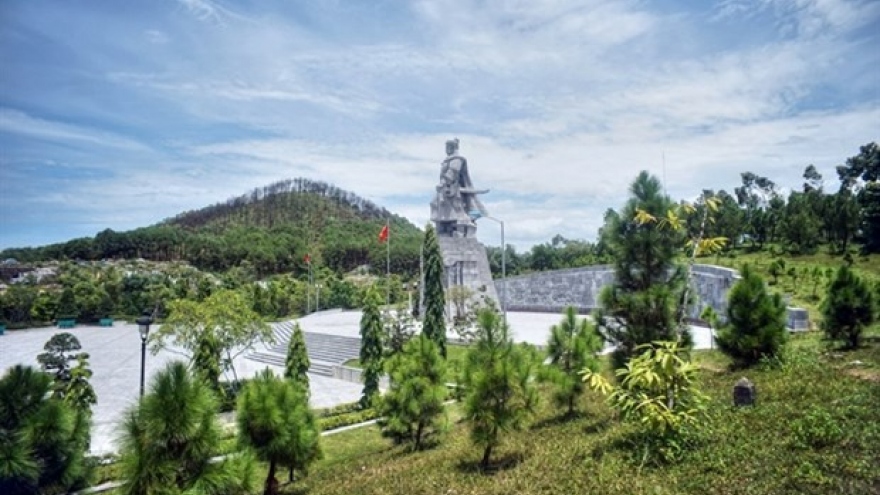18 skeletons found in Nghe An cave may belong to ancient humans
VOV.VN - All 18 skeletons and skulls discovered in Len Chua Cave in central Nghe An province are likely to belong to the Hoa Binh Culture, dating back approximately 10,000 years, according to a local official.

Ho Manh Ha, deputy head of the Cultural Heritage Management Division of the Nghe An provincial Department of Culture, Sports, and Tourism, told the press the features at the Len Chua cave show similarities to previously excavated archaeological sites in Nghe An.
These include evidence of habitation within the cave, primitive stone tools, traces of fire use, and burial practices at the living sites, all of which are key characteristics of the Hoa Binh Culture, dating back to the late Paleolithic and early Neolithic periods.
Ha said, the people of the Hoa Binh Culture typically settled in caves or rocky overhangs near rivers, streams, and rice fields for easier access to water and for hunting and gathering. They lived in small groups, often related by blood, and used primitive tools made of stone, shells, and other natural materials. When someone died, they were buried inside the cave, along with personal belongings, under layers of shells and molluscs.
In his analysis, due to the cave's dark and low-oxygen environment, the bones have managed to survive for thousands of years without completely decaying. Ha suspected that this could have been a prehistoric settlement site, but a thorough examination by experts and authorities is required for a more precise conclusion.
Local residents on April 23 discovered two skeletons at the entrance of the Len Chua cave and notified the local authorities. Upon further exploration, they found 18 skeletons and skulls scattered across the cave floor and walls, accompanied by many shells, mollusc fragments, and broken pottery pieces.
The site has been cordoned off for preservation. Bone samples and artifacts will undergo scientific analysis using modern methods like Carbon-14 radiocarbon dating and anthropological studies.
The Nghe An provincial Department of Culture, Sports, and Tourism is working with local authorities to further investigate the site and gather more information about the origin of the remains and artifacts. Based on these findings, proper measures will be proposed for handling the site in accordance with regulations.





